Although a few types of snakes still possess very rudimentary rear legs, most living snakes have no limbs at all. This has influenced their evolution in several ways. For example, because they don’t have legs or feet to move around, snakes have evolved different ways of moving through the world.
We’ll talk about five of the most common types of locomotion snakes exhibit below.
Lateral Undulation
Lateral undulation occurs when snakes bend their bodies to push off objects in the environment.
Snakes use lateral undulation more than most other types of movement. Unfortunately, it is one of the most difficult for people to understand. Lateral undulation begins when a snake extends its head in the direction it wants to travel.

When the snake’s body contacts something in the environment (such as a rock, stick or rough patch of dirt), that part of its body grips the object. It then uses its body to push against the item, causing its body to travel in the opposite direction. This would normally cause a snake to move sideways or diagonally, but snakes usually contact several different objects with different parts of their bodies at the same time. This means that instead of moving sideways, the multiple contact points cancel each other out, and result in the snake moving forward.
Most snakes use lateral undulation when prowling for food or trying to escape predators. It is one of the fastest methods of locomotion for snakes. Some, such as black racers and black mambas can reach very impressive speeds when using this type of locomotion.
Concertina Motion
Concertina motion occurs when snakes extend and contract their bodies, somewhat like a spring.
Concertina motion begins when a snake extends its head and neck in the direction it wants to travel. It then presses its head and neck on the ground (or some other place it can grip) and pulls the rear half of its body forward. The snake then re-extends its head and neck, and the process continues.
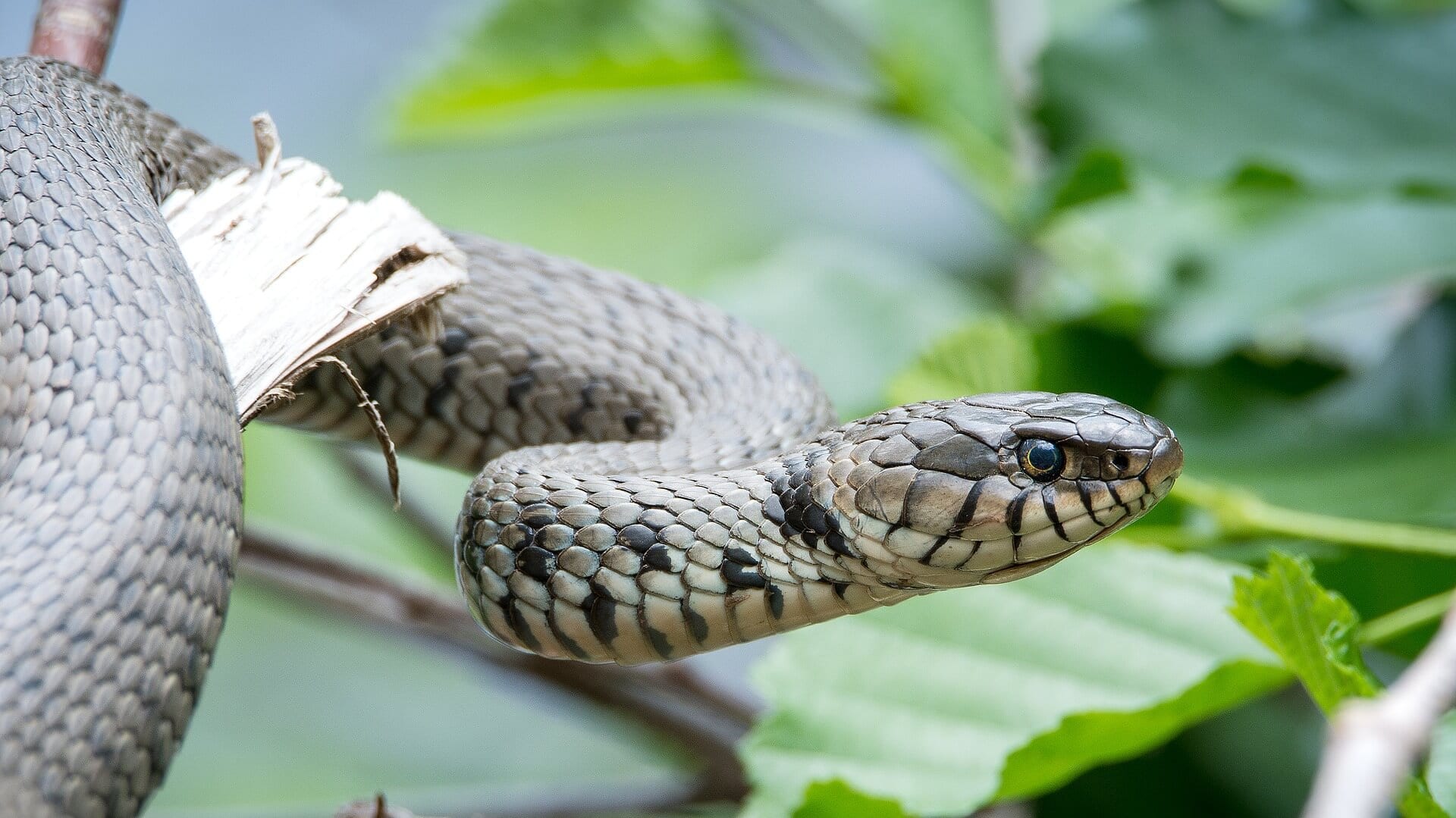
Most snakes use concertina motion when trying to crawl through a tunnel or climb a tree. It is one of the more complicated types of locomotion, and it involves the use of several different muscle groups. Concertina motion is fairly slow, so snakes don’t often use it when they are in danger from predators or trying to capture prey.
Rat snakes often use concertina motion very effectively to climb trees. Green tree pythons and emerald tree boas also use this technique when climbing through the canopy.
Rectilinear
Rectilinear motion allows snakes to use their belly scales to travel forward.
Rectilinear motion occurs when snakes move their belly scales like legs. Unlike many other types of motion snakes exhibit, rectilinear motion allows snakes to move directly forward, with little wasted energy.
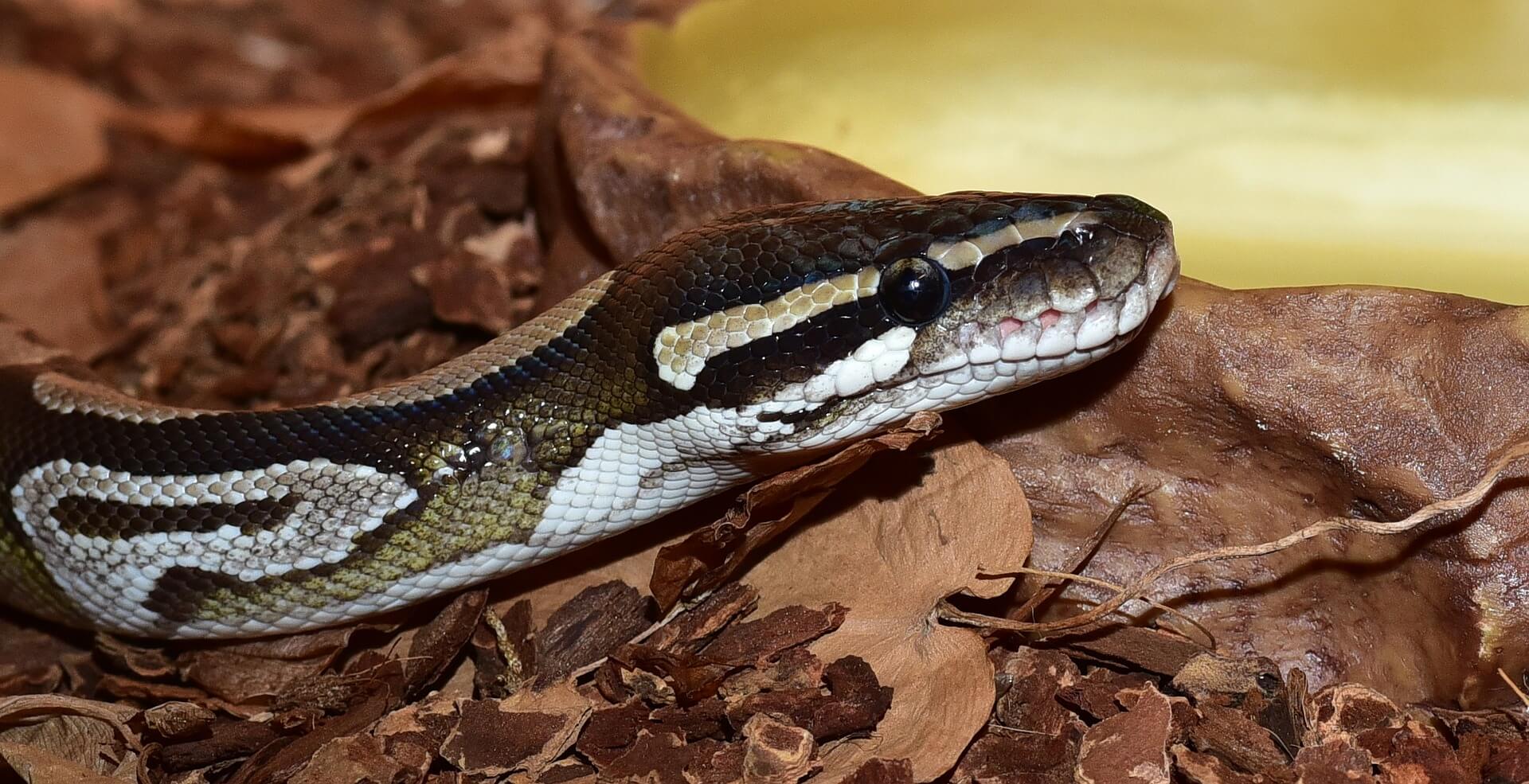
During rectilinear motion, a small number of belly scales are lifted from the ground and swung forward. Once they are placed back on the ground, they pull the snake’s body forward. Typically, this type of movement occurs at several places along the snake’s body at the same time.
Rectilinear motion is the preferred method of travel for large and heavy-bodied snakes. It is a very slow way to travel, so snakes rarely use it to escape predators. However, it is very effective for snakes that are trying to sneak up on prey. Rectilinear motion also works very well when snakes are crawling through tunnels or other small spaces.
Slide-Pushing
Slide-pushing occurs when a snake frantically swings its body back and forth to gain traction.
Slide-pushing starts when a snake undulates its body back and forth rapidly. When the belly scales or the sides of the snake’s body contact something in the environment, they push off it, sending their body in the opposite direction. Slide-pushing often involves extremely rapid body movements, and it typically looks like the snake is panicking.
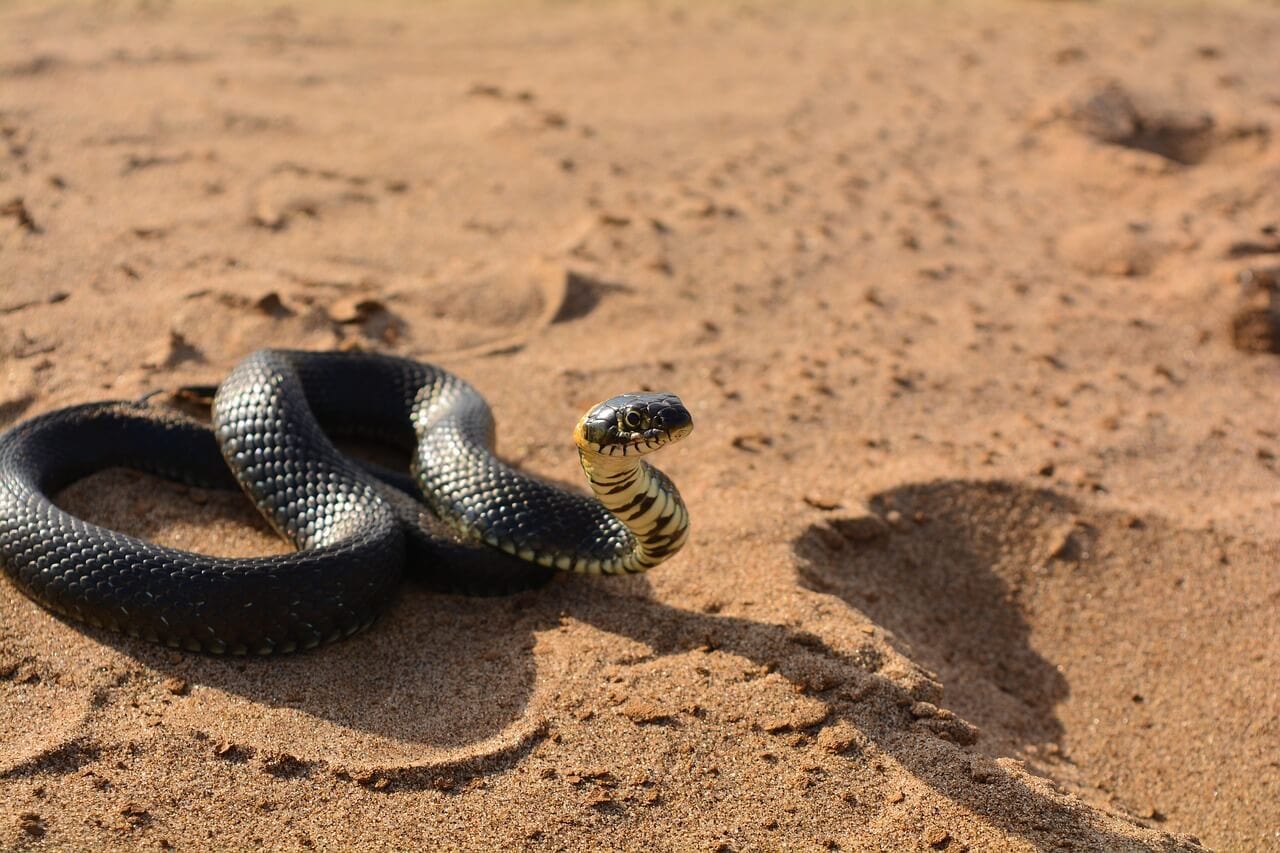
Snakes rarely slide-push when some other type of motion will work. Instead, it is usually used as a last resort, when the snake is stuck on a slick surface and needs to escape a predator. They usually can’t control their direction of travel very much while doing so.
Sidewinding
Sidewinding occurs when a snake repeatedly “throws” portions of its body to move.
Sidewinding is a famous form of locomotion, which occurs when snakes “throw” a loop of their body diagonally to the direction they’re facing. Once this loop hits the ground, it pushes down to provide traction. The front and back parts of the snake’s body are then thrown ahead until they can gain traction on the ground. The process then repeats as necessary.
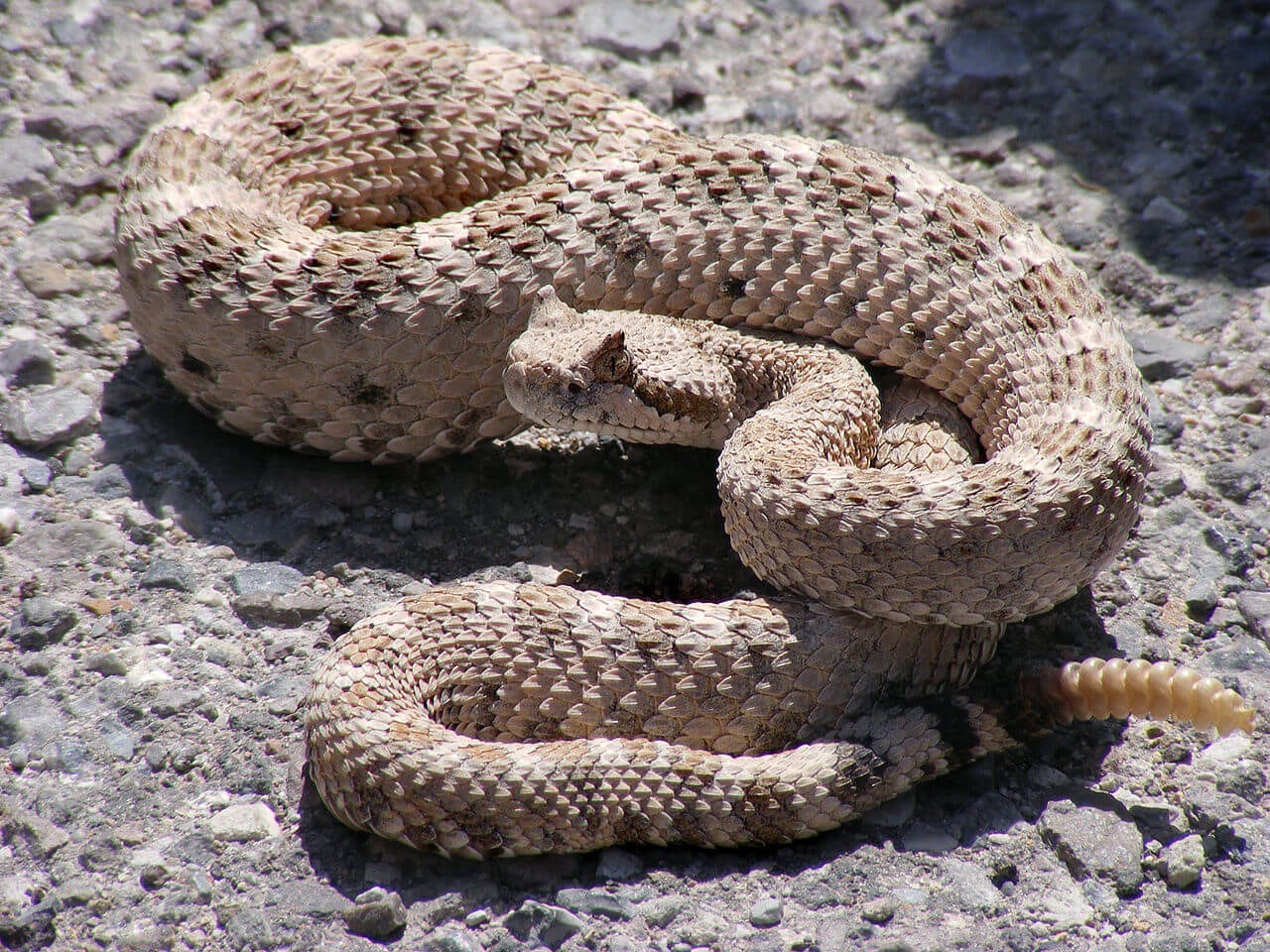
Sidewinding is typically performed on slippery substrates or loose sand. It can allow snakes to travel relatively quickly, but they move diagonally while doing so, which is often surprising to people watching. Snakes traveling in this manner often leave a trail of “J” shaped tracks in the sand.
While many snakes can use sidewinding locomotion, it is most common in desert-dwelling vipers and pit vipers. The sidewinders of western North America are even named for their ability to travel in this way.
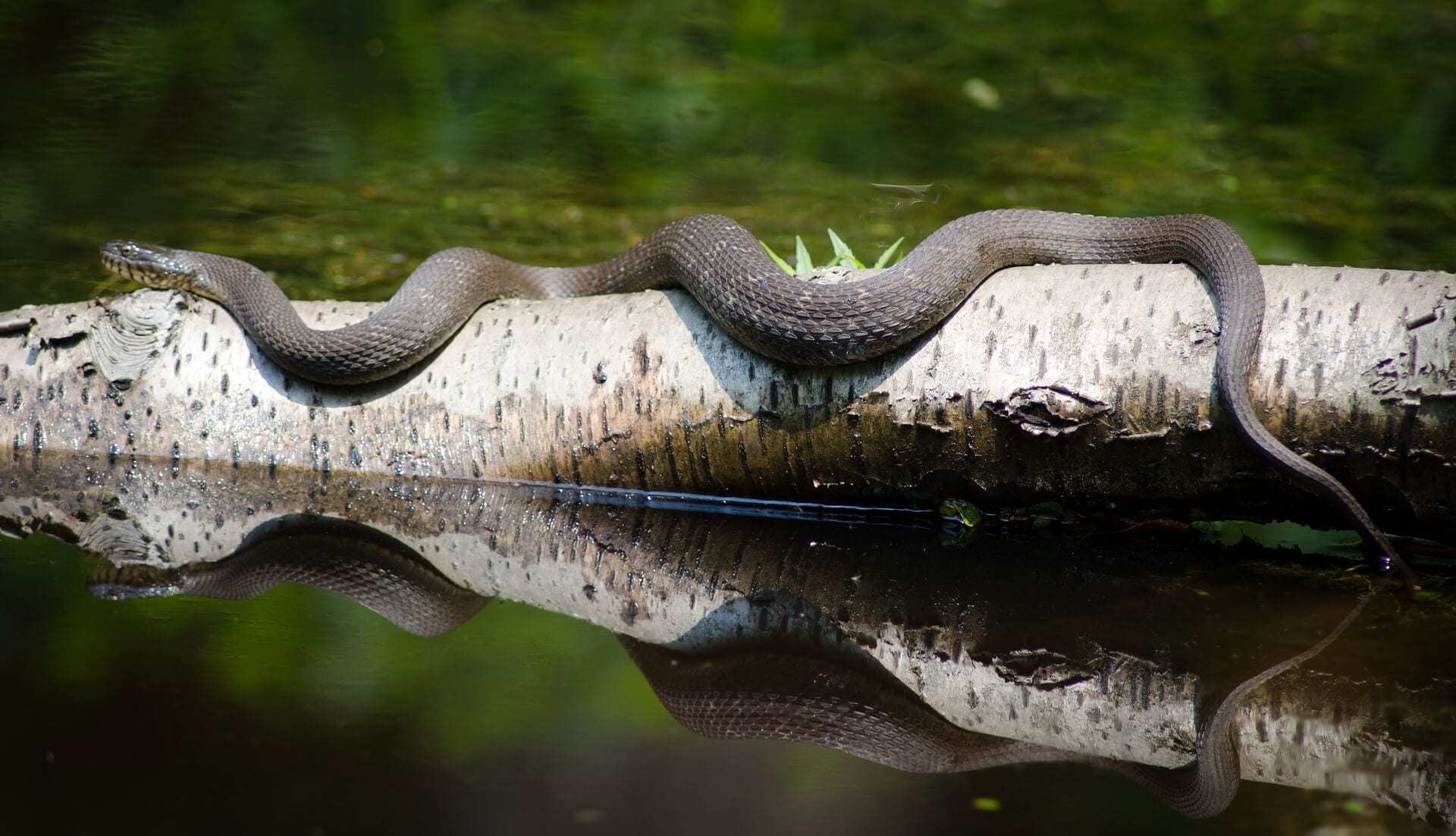
Although the five methods of locomotion discussed above are certainly the most common methods snakes use, they also move in other ways. For example, all snakes can swim, some can glide from tree to tree, and a few can jump several inches off the ground. All these types of movement require the snakes to move their body in different ways.
Additionally, snakes often combine two or more types of motion. For example, a snake climbing up a tree may primarily rely on concertina motion, while incorporating lateral undulation to take advantage of any contact points available.
Can you think of any other way that snakes move? Share your examples in the comments below.



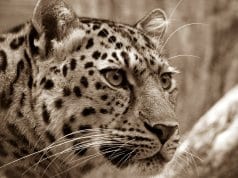
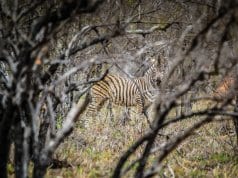
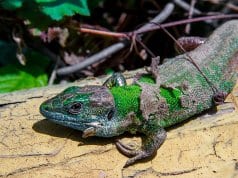
![Red Angus Closeup of a beautiful Red Angus cowPhoto by: U.S. Department of Agriculture [pubic domain]https://creativecommons.org/licenses/by/2.0/](https://animals.net/wp-content/uploads/2020/03/Red-Angus-4-100x75.jpg)

